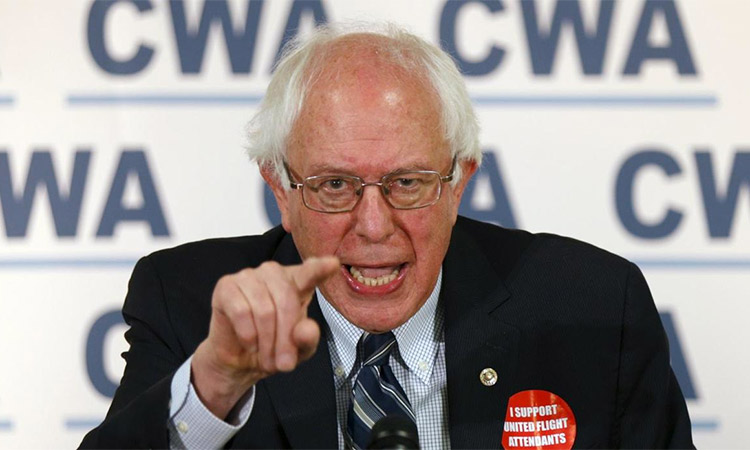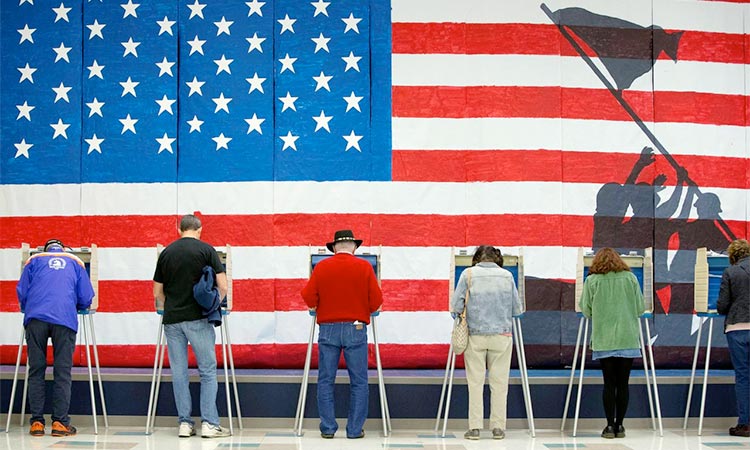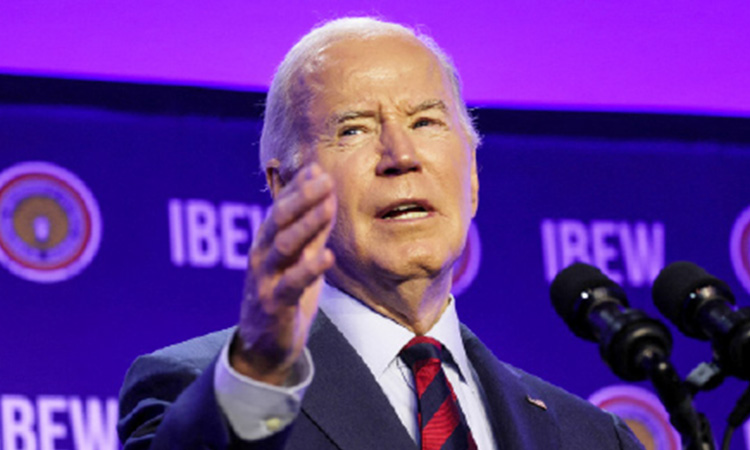Switch away from caucuses is a threat for Sander’s campaign

Bernie Sanders
Carl P Leubsdorf, Tribune News Service
The drop in Bernie Sanders› poll standing since the first televised debates and Elizabeth Warren›s robust fundraising numbers are two warning signals for the Vermont independent›s hopes of winning the Democratic presidential nomination that eluded him in 2016.
But Sanders faces a third, less noticed danger sign. It›s the fact that, with Maine›s recent decision to switch from caucuses to a primary, the Vermont senator will face an electoral landscape far different from the one four years ago in which he took advantage of rather modest turnouts of liberal activists to win virtually every caucus state.
Under pressure from the Democratic National Committee, three fourths of the states that held caucuses in 2016 have switched to primaries. Sanders won every one of those states, piling up a majority of some 150 delegates that was more than offset by Clinton›s far larger margin in winning a large majority of primaries, including most in the largest states.
Eight years earlier, another insurgent candidate benefited even more from that sort of pattern. Barack Obama›s caucus state victories gave him a lead of 250 delegates that enabled the Illinois senator to overcome Clinton›s primary state margins and win the Democratic nomination.
But liberal candidates like Obama and Sanders won›t enjoy that advantage in 2020, ironically due in part to the increased democratization of the process that Sanders backers sought.
In 2020, only three states (and four territories) will hold caucuses to determine their delegates — Iowa, Nevada and Wyoming. Clinton beat Sanders in Iowa and Nevada, and they tied in Wyoming. Two others, North Dakota and Hawaii, will hold a party-run hybrid known as a «fire-house primary» that provides eight hours for Democrats to cast ballots.
In 2008, more than 239,000 Iowa Democrats voted in the caucuses captured by Obama. Four years ago, the turnout was lower, about 171,000, but it is expected to soar in 2020, thanks to anti-Trump feeling among Democrats and new rules encouraging absentee voting. In Nevada, turnout was 84,000 in 2016 and 116,000 in 2008.
In 2016, by contrast, 14 states (and the four territories) selected their 2016 delegates at caucuses, including such large ones as Colorado, Minnesota and Washington. Buoyed by enthusiasm from liberal activists, Sanders defeated Clinton everywhere but Iowa, Nevada and Wyoming, just as Obama won every caucus state but Nevada in 2008.
Voting last time in two states dramatically displayed the contrast between the electorates for caucuses and primaries. Though Democratic Party rules in Nebraska and Washington required caucuses to pick their delegates, state law called for primaries, which for Democrats in those states were non-binding. In both states, Sanders won substantial margins from the activists who turned out for the caucuses, but the far larger primary turnouts favored Clinton.
In Washington, Sanders won 72% of the 230,000 caucus participants, while Clinton won 52% of the 800,000 voters in the non-binding primary.
Expanding the use of primaries was one of the major goals when Democrats reviewed their 2016 procedures and made recommendations for 2020. So was finding ways to increase participation in states that retained the caucus system, an especial concern of Sanders supporters. One result: The Iowa Democratic Party has adopted a plan for a series of «virtual caucuses» in the week preceding the actual caucuses for those Democrats unable to attend one of the 2,000 on the night of Feb. 3, 2020.
These changes may provide a major challenge for Sanders, as well as possibly for liberal rivals such as Senator Elizabeth Warren, since they will likely attract many more casual, less ideological voters.







